Refrigeration will dramatically inhibit the growth of harmful bacteria on many types of prepared and cooked foods. It is usually advised to refrigerate foods at a temperature between 35 and 38 degrees Fahrenheit (between 1 °C and 3 °C). While refrigeration can decrease spoilage on many different kinds of foods, it is not recommended for every edible item in the kitchen. Colder temperatures can change the texture and taste of many foods, and sometimes even the nutritional value. The following information describes 35 foods you should not put in the fridge and the reasons why they are best left out at room temperature.
1. Coffee
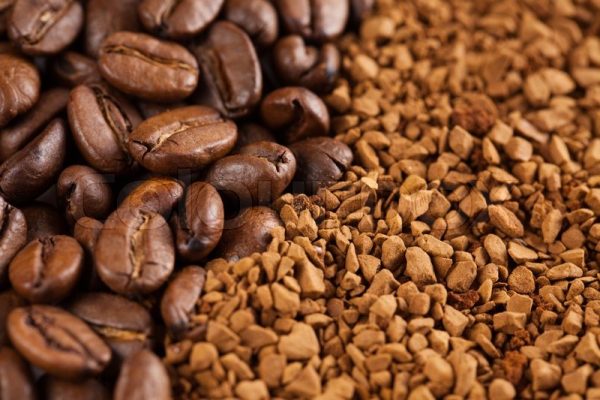
Sponsored Links
Colourbox.com
Coffee needs a dry, cool area to remain as fresh as possible. Refrigerator temperatures are normally too cold. Coffee should also stay in an air tight container to retain a high quality. The National Coffee Association states that coffee beans should be stored at room temperature and kept away from heat, moisture, and light.
2. Bread

Bread – http://i2.mirror.co.uk/
Cold temperatures tend to have a drying effect on many items. Bread is a food that will become dry and stale if refrigerated. Bread may also be chewy in texture if kept for very long in a cold environment.
3. Tomatoes
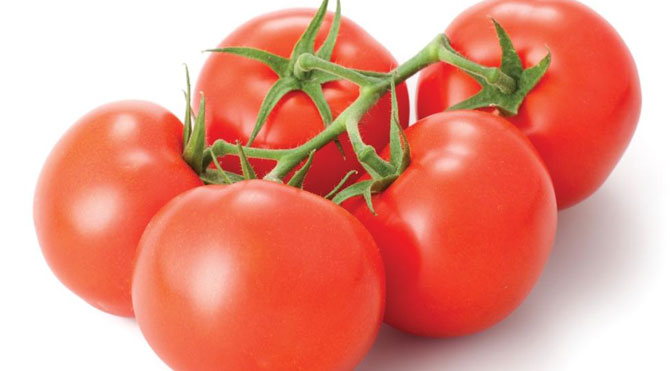
Tomatoes – http://flavoritetomatoes.com.au/
Tomatoes will lose much of their rich, tangy flavor if stored in the refrigerator. Cold temperatures will also change the texture of tomatoes as well as break down certain membranes on the inside. They can ultimately become mealy, mushy, and tasteless. Tomatoes will ripen at a steady rate and maintain their delicious flavor if kept on the counter at room temperature.
4. Basil

Basil -http://www.gourmetgarden.com/
Basil has a tendency to absorb other smells that may be in the refrigerator. Not only can refrigeration destroy the flavoring power of basil, but the leaves may begin to wilt. Cooking experts site Epicurious.com suggests treating basil like you would cut flowers. Keeping the basil in a glass of water on the counter is sufficient for keeping it fresh.
5. Eggplant
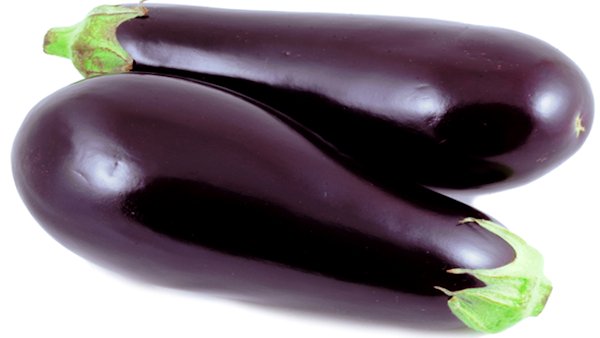
Eggplant – http://vegan-magazine.com/
Eggplants are vegetables that are temperature sensitive, and extended periods in the refrigerator may actually be harmful. Below 50 degrees Fahrenheit (10°C) can damage the texture as well as the flavor of the eggplant. Eggplant should be stored at room temperature and away from other fruits and vegetables.
6. Avocados
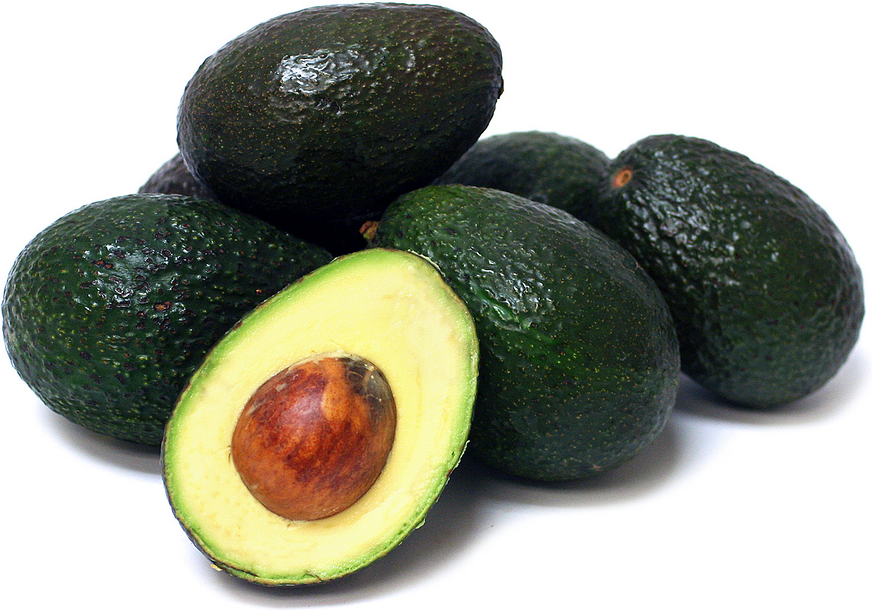
Avocados – http://www.specialtyproduce.com/
Avocados almost always need to ripen after they are purchased. Storing them in the refrigerator will slow down the process. Avocados will remain delicious and ripen naturally when kept in a dry spot on the counter.
7. Onions

Onions- http://weknowyourdreams.com/
Onions will often turn soft, and even moldy, when kept in the refrigerator. They last longest when kept out on the counter. Onions do need some air circulation and can be kept in the mesh bag they are often purchased in.
8. Garlic

Garlic – http://www.bbcgoodfood.com/
Garlic is a food that definitely should not be refrigerated. Garlic can become rubbery and grow mold in the fridge. It may even begin to sprout. Garlic is another food item that benefits from circulated air. They will stay good for over a month in an open area on the counter in a basket.
9. Honey

Honey -https://fairtradeusa.org
According to the science section of Business Insider, storing honey in the refrigerator can cause it to crystallize. It will also get extremely thick and difficult to pour or spoon out. Honey is a food that has the ability to naturally preserve itself and can stay good at room temperature for an indefinite amount of time.
10. Peanut Butter
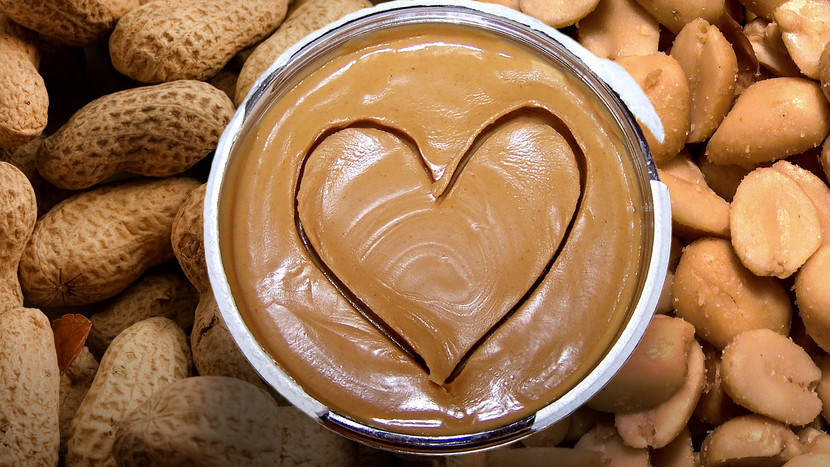
Peanut Butter – http://www.bodybuilding.com/
Unlike the jelly or jams that go so well with it, peanut butter should be kept at room temperature. It will likely get dry and hard if stored inside the fridge. For creamy, spreadable peanut butter it’s advised to keep it in a dark, dry place. The exception is all-natural peanut butter which can separate if not refrigerated.
11. Ketchup
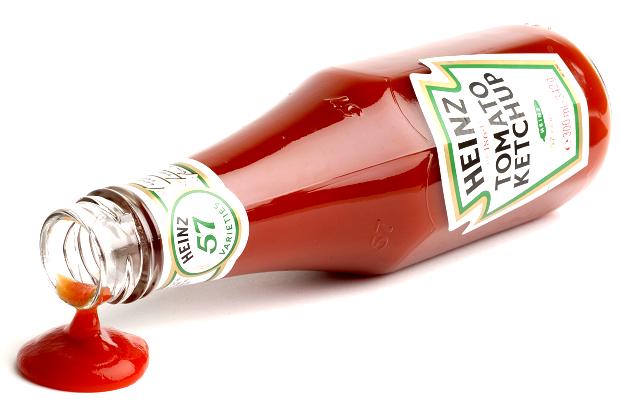
Ketchup – http:http://cdn.foodbeast.com/
Although most ketchup bottles will instruct you to refrigerate after opening, ketchup generally has enough preservatives to keep it from spoiling without refrigeration. Many restaurants will keep ketchup bottles on the table for extended periods of time.
12. Olive Oil

Olive Oil – http://www.medicalnewstoday.com/
Olive oil should be stored in a dark, cool area, and in a tightly sealed container. Colder temperatures will cause the olive oil to harden into a texture that is similar to butter. A study reported by the Journal of Food Science stated that olive oil may begin to lose its antioxidant benefits, however, if left sitting on a shelf for 6 months or longer.
13. Oranges

Oranges – http://www.kxkfruit.gr/
Citrus fruits are high in acidity and can be damaged by temperatures that are too cold. The skin may also become dull and spotted when stored in the fridge. Since oranges have such a thick, tough skin they do well in warmer environments.
14. Papaya

Papaya – http://dreamatico.com/
It is advised to keep papaya in the cupboard or on the counter and to turn it every so often. Papaya Australia recommends storing the papaya with a banana in a paper bag to speed up the ripening process if necessary.
15. Potatoes

Potatoes – http://images.wisegeek.com/
Potatoes taste best when stored in a dry, cool area. They should also remain unwashed until you’re ready to use them. Refrigerator temperatures will cause the starches to break down, causing the potatoes to taste gritty and even sweet. If the potatoes have been refrigerated the skins may darken prematurely during the cooking process.
16. Pickles
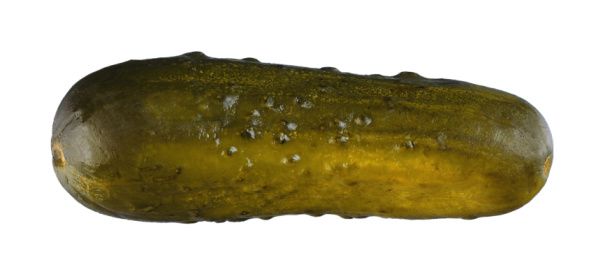
Pickles – http://wsrkfm.com/
Most pickles are refrigerated, but really don’t need to be. The way most pickles are made, including the high salt content, makes it unnecessary to keep them at refrigerated temperatures. In fact, pickling is often used as a food preservation method.
17. Vinegar

Vinegar – http://www.rd.com/
The great thing about vinegar is that it is self preserving. The vinegar institute did a study that confirmed the shelf life of vinegar is virtually indefinite. After long periods of storage, white vinegar will remain unchanged. Vinaigrettes that contain garlic, onion, shallots, or herbs may, however, need refrigeration.
Advertisements
18. Donuts

Donuts – http://www.mapledonuts.com/
Donuts can become stale or even soggy if kept in the fridge. They’ll stay fresher if kept covered at room temperature. Donuts should, however, be eaten within a few days after they are purchased.
19. Mustard

Mustard – https://mcdonalds.com.au
Like ketchup, there are acids in mustard that act as natural preservatives. Mustard will stay good for about a month in the cupboard. Whether to refrigerate a bottle of mustard comes down to a matter of taste. Do you like cold or room temperature mustard on your sandwiches?
20. Aged Cheese
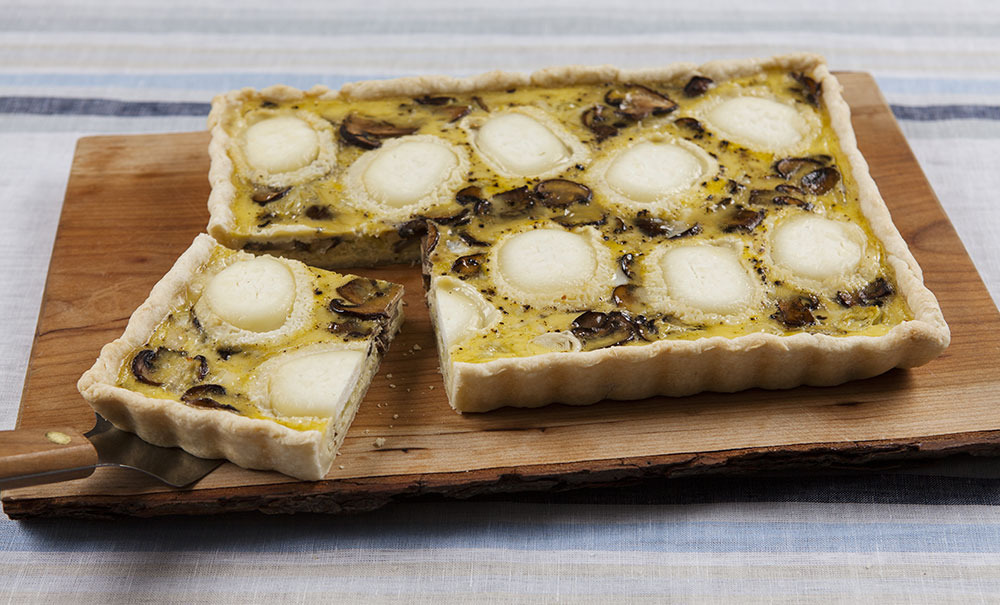
Aged Cheese – http://goatcheesesoffrance.com/
The difference between aged cheese and other types is that it is cured. This process usually takes about 6 months. If these cheeses are put in the refrigerator they tend to get very hard.
21. Sealed Tuna

Sealed Tuna – http://www.cafedesartistes.com/
That can of tuna that is still unopened will be safe kept in the cupboard. Many people actually believe tuna tastes better right out of the can if it’s been stored at room temperature.
22. Molasses
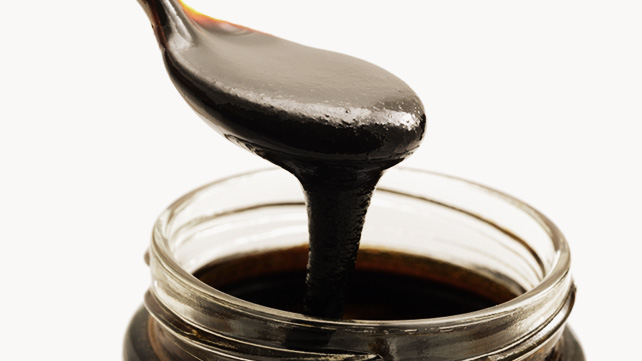
Molasses – http://www.healthline.com/
According to B&G Foods molasses does not need to be refrigerated and can potentially stay edible for several years. The combination of ingredients and high sugar content will keep the molasses good at room temperature for quite a long time.
23. Bananas
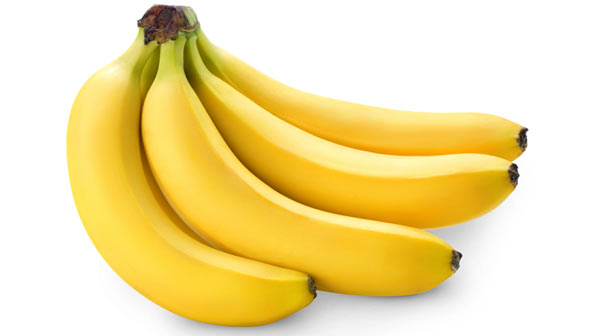
Bananas – http://saltmarshrunning.com/
Bananas are grown in hot climates and retain their nutrients better when kept at room temperature. Putting them in the refrigerator will also slow down the ripening process that occurs naturally. Cell damage may even occur when bananas are kept at colder temperatures.
24. Chocolate

Chocolate – http://i.ndtvimg.com/
Lots of people put their candy bars and many other types of favorite chocolate in the refrigerator to keep them from melting or getting too soft. The biggest problem is that the taste may be altered after being exposed to the cold. What is called a “sugar bloom” happens after chocolate is taken out of the refrigerator and exposed to warmer air. This can ultimately cause a grainy coating to form and ruin the texture of the bar.
25. Cucumber
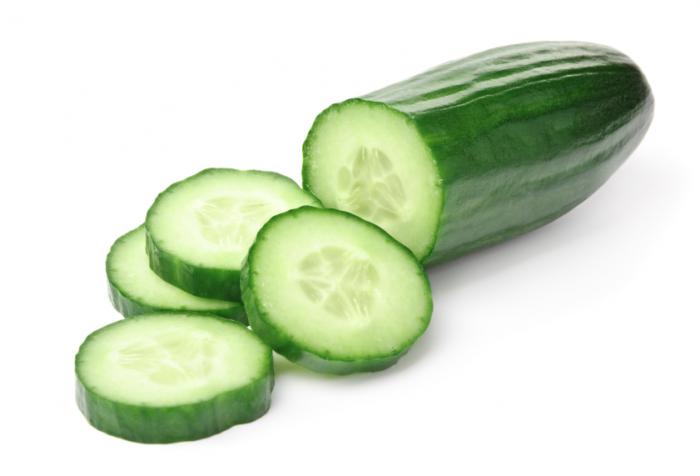
Cucumber – http://www.medicalnewstoday.com
The skin of a cucumber can become damaged when it is exposed to too much cold. The University of Minnesota suggests storing cucumbers in a cool spot in the kitchen, but not the refrigerator. Ideally, cucumbers should be stored at around 55 degrees (12 ℃), cooler than room temperature but definitely warmer than the refrigerator. They’ll stay good for about a week.
26. Cereal
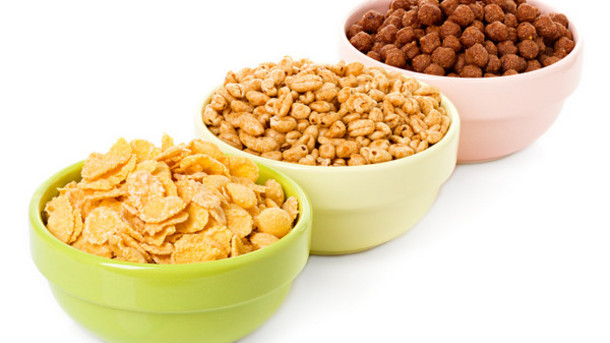
Cereal – http://www.bakeryandsnacks.com/
Most types of cereal will lose their texture if refrigerated. While the cereal may not actually be damaged, it will almost certainly be less crunchy. Most cereal boxes will also take up a lot of space unnecessarily while in the fridge.
27. Pumpkins

Pumpkins – http://tiliabotanicals.com/
Some people may want to stick small and medium sized pumpkins in the refrigerator to preserve them. A cold environment, however, can easily damage pumpkins. They need to be stored in a dry, cool environment, but not at refrigerated temperatures.
28. Watermelon

Watermelon – http://livelovefruit.com/
As long as this fruit hasn’t been cut open it’s best to be stored outside the fridge. Studies done by the U.S. Department of Agriculture (USDA) showed the nutritional value of melons can be adversely affected by colder temperatures. Only melons that have been sliced should be refrigerated. Those that are sliced, however, should be securely covered.
29. Apples

Apples – http://lymanorchards.com/
Most types of fruits are better when kept out of the refrigerator. Flavor and texture will be better maintained when kept at temperatures that are warmer than refrigeration. Apples will usually last 1 or 2 weeks when kept at room temperature.
30. Spices

Spices – http://www.sibbysgifts.com/
Most ground spices can be safely stored for years without refrigeration. Not only is there not any benefit to storing spices at a colder temperature, but the flavor may be affected. If a spice has been stored at room temperature for a year or more, smelling it will determine if it is still good. If it has lost its aroma it probably won’t make you ill, it just is no longer effective.
31. Pears

Pears – http://weknowyourdreams.com/
Some people prefer to eat their fruit cold. The colder temperatures, however, will destroy the crisp texture of fruits such as pears. Pears may become soft and mushy if left in the refrigerator for very long.
32. Hot Peppers
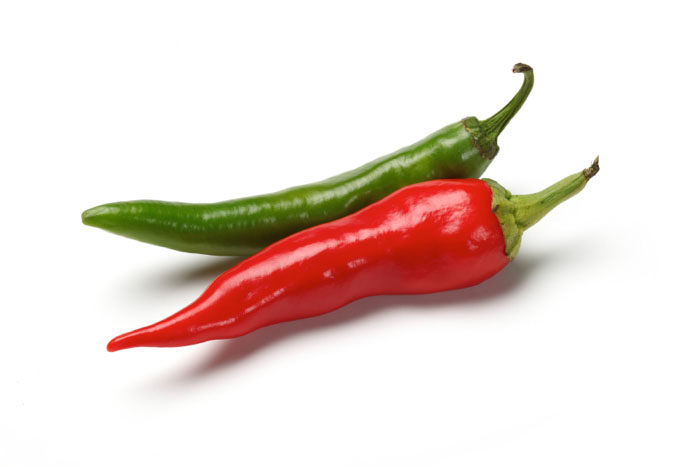
Hot Peppers – http://factspy.net/
It’s an old wives tale that putting peppers in the refrigerator will preserve or enhance their flavor. The cold can reduce the peppers crisp texture. It’s often recommended to keep peppers in a paper bag and to make sure they are kept dry.
33. Beef Jerky
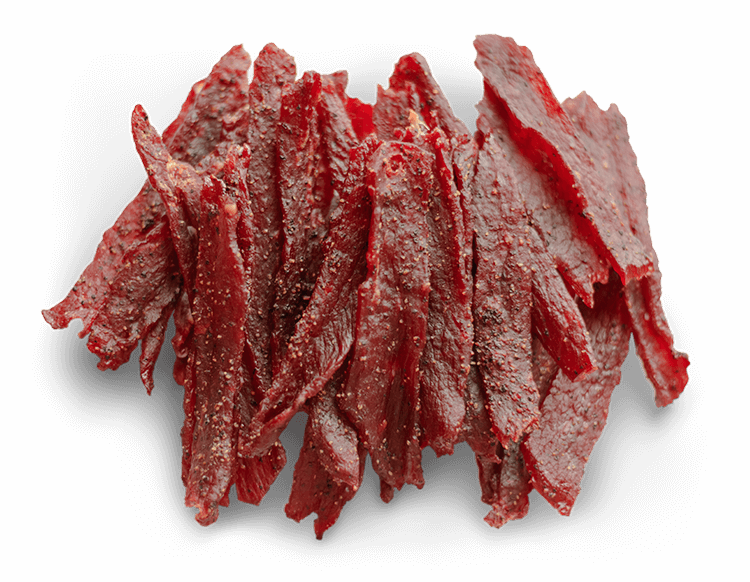
Beef Jerky – http://www.tcsjerky.com/
Although beef jerky is made of meat, most of the moisture is removed. The United States Department of Agriculture states that beef jerky that has been commercially packaged can be kept up to 12 months. After a package of jerky has been opened it will stay good at room temperature for about a week.
34. Soy Sauce
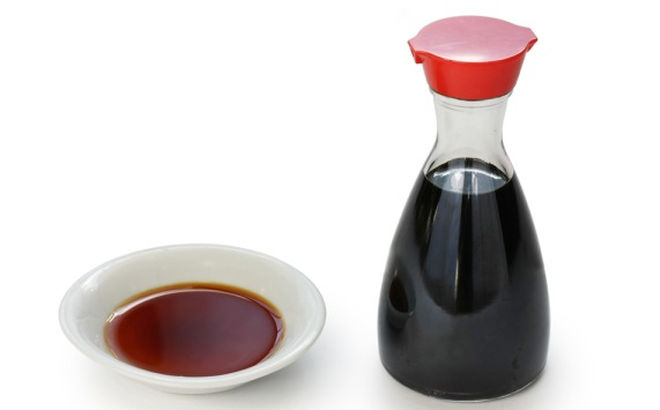
Soy Sauce -http://www.livescience.com/
Soy sauce is fermented and does not need refrigeration. Although most bottles will say to refrigerate after opening many brands have enough salt to keep it preserved while on the counter for months. The exception may be the low sodium brands.
35. Flour
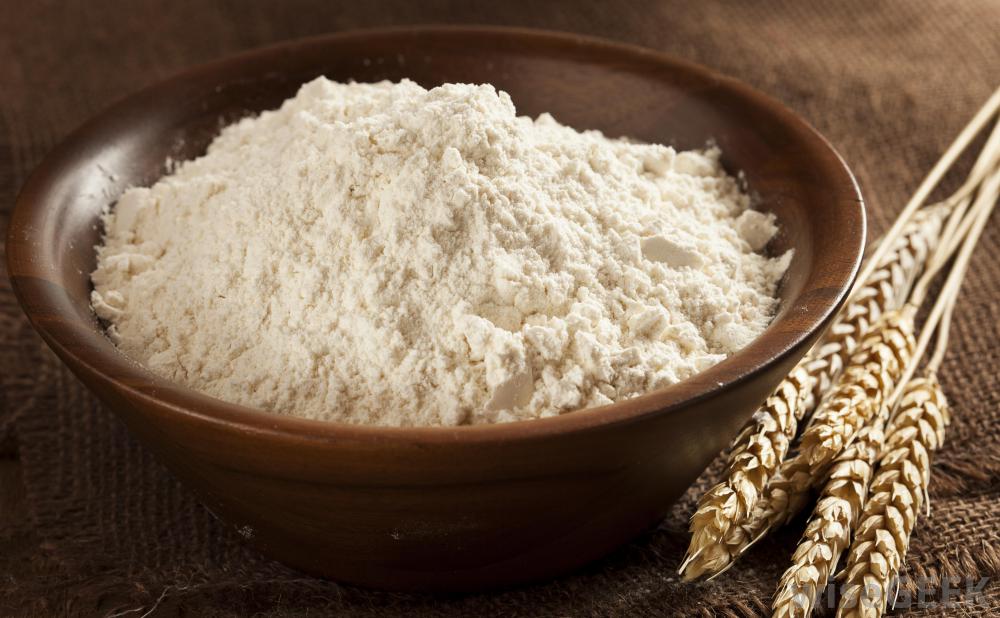
Sponsored Links
Flour – https://sc01.alicdn.com
Flour normally won’t be damaged by colder temperatures, it just isn’t necessary to keep it in the refrigerator. But since most people’s refrigerators are packed full, it’s good to know the flour will be fine as long as it’s stored in an air tight container.



Comments